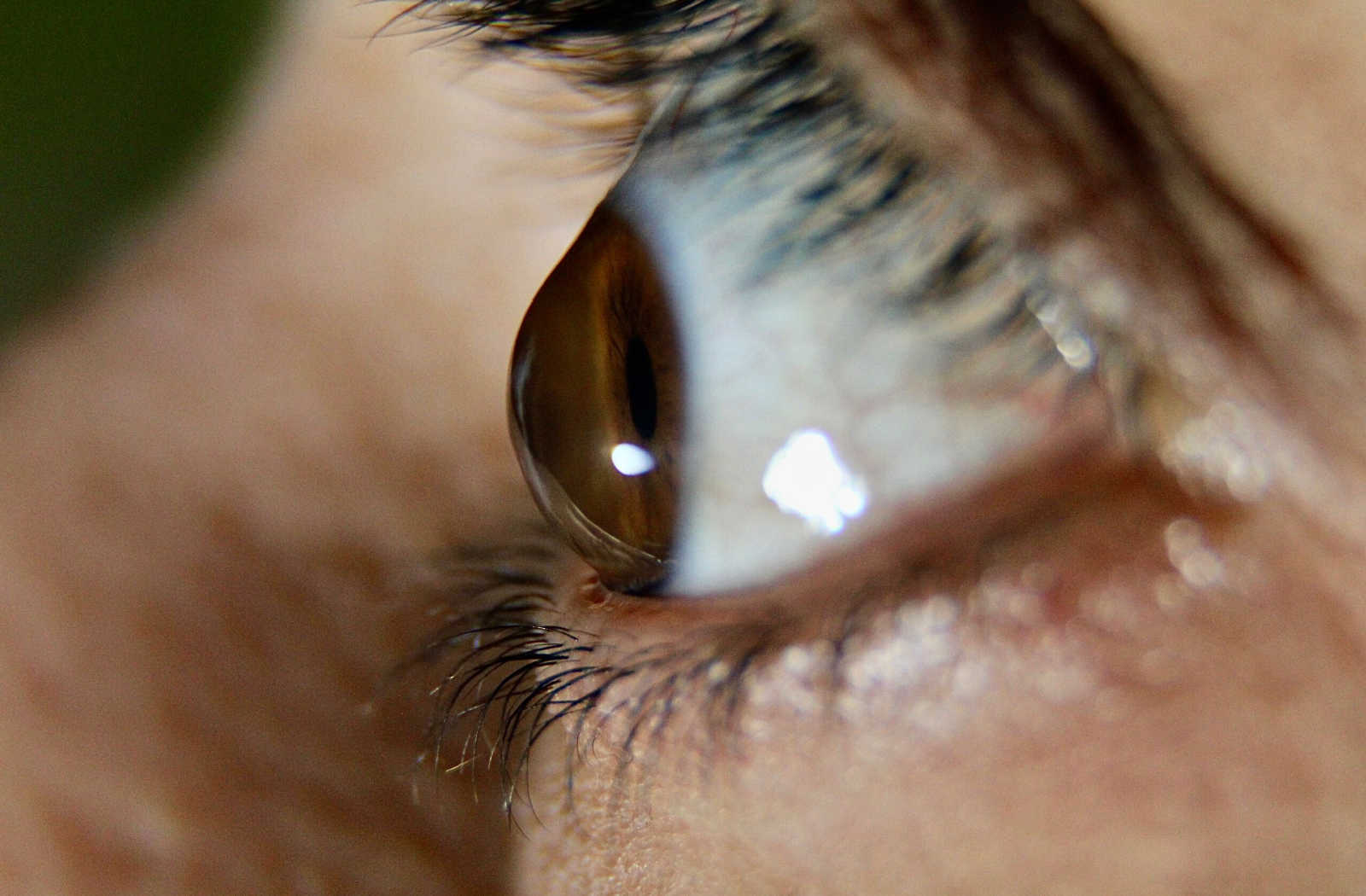All Categories
Featured
When it involves sun safety, lots of people focus on protecting their skin from unsafe UV rays. The effects of UV radiation on your eyes are similarly important yet frequently overlooked. Extended direct exposure to ultraviolet (UV) rays can result in various eye problems, a few of which may result in permanent damage or vision loss. Whether you're outdoors on a bright beach or taking a walk on an overcast day, comprehending how UV rays influence your eyes and finding out just how to protect them is vital for preserving healthy and balanced vision.
What Are UV Rays and Exactly How Do They Effect the Eyes? UV rays are a type of undetectable radiation produced by the sunlight. There are three kinds of UV rays:
UVA Rays: These pass through deeply into the skin and eyes, adding to long-lasting damage. UVB Rays: These are more intense and can create surface-level damage, such as sunburn or corneal damages. UVC Rays: These are one of the most damaging but are soaked up by the Earth's ambience and hardly ever posture a direct hazard. Both UVA and UVB rays can damage various parts of the eye, including the cornea, lens, and retina.
Short-Term Impacts of UV Direct Exposure. Even a brief period of intense UV exposure can hurt your eyes. An usual condition resulting from this is photokeratitis, commonly referred to as "sunburn of the eye." Symptoms include:
Unpleasant or red eyes. Level of sensitivity to light. Excessive tearing. Short-lived blurred vision. Photokeratitis is generally short-lived however offers as a pointer of the instant dangers of UV radiation.
Long-Term Impacts of UV Direct Exposure. Advancing UV direct exposure in time can bring about a number of extreme eye conditions, consisting of:

Cataracts: UV rays speed up the development of cataracts, a problem where the lens of the eye ends up being gloomy, bring about vision problems. Cataracts are a leading root cause of loss of sight worldwide.
Macular Deterioration: The macula, a part of the retina accountable for central vision, can be harmed by long term UV direct exposure, increasing the risk of age-related macular degeneration (AMD)
Pterygium: Often called "surfer's eye," this problem involves a development of tissue on the white component of the eye, which can prolong over the cornea and impair vision.
Pinguecula: UV exposure can cause yellowish spots to form on the conjunctiva, resulting in inflammation and discomfort.
Skin Cancer Cells Around the Eyes: The fragile skin surrounding the eyes is highly prone to UV radiation, boosting the risk of basic and squamous cell carcinoma.
Shielding Your Eyes from UV Damages. Fortunately is that shielding your eyes from UV radiation is straightforward and effective. Here are some essential tips:
Use UV-Blocking Sunglasses. Choose sunglasses that block 100% of UVA and UVB rays. Look for tags indicating "UV 400" security. Wrap-around styles offer additional coverage, protecting against UV rays from going into from the sides.
Use a Wide-Brimmed Hat. A hat with a vast brim can obstruct almost 50% of UV rays, providing extra protection for your eyes and the delicate skin around them.
Prevent Top Sunlight Hours. UV rays are best between 10 a.m. and 4 p.m. Decrease your exterior direct exposure during these hours, or guarantee you're sufficiently safeguarded if you need to be outside.
Shield Your Eyes Year-Round. UV rays exist year-round, also on cloudy or snowy days. Snow, sand, and water can show UV rays, escalating their impacts. Make sunglasses a component of your daily regimen, no matter the period.
Think About UV-Blocking Call Lenses. Lots of get in touch with lenses now use UV security, which can be an additional safeguard when coupled with sunglasses.
Encourage Eye Protection for Children. Kid's eyes are a lot more prone to UV damages due to the fact that their lenses are more clear, permitting even more UV light to reach the retina. Ensure they use sunglasses and hats when playing outdoors.
Schedule Routine Eye Tests. Regular brows through to an eye care specialist are vital for monitoring your eye health and wellness. An eye doctor can identify very early signs of UV-related damages and recommend options, such as prescription sunglasses or UV-blocking glasses customized to your requirements.
Final thought. UV rays may be unseen, however their influence on your eye health and wellness is extremely actual. From temporary discomfort to long-lasting conditions like cataracts and macular degeneration, the risks of UV exposure are as well substantial to ignore. By wearing UV-blocking sunglasses, limiting your direct exposure during top hours, and organizing normal eye tests, you can shield your vision and take pleasure in the outdoors safely. Bear in mind, your eyes are just one of your most useful assets-- take the required actions to secure them from damaging UV rays today.
Latest Posts
Discover Your Financial Partner at WyHy – Key Advantages for Your Future
Discover WyHy FCU – Key Advantages for Your Financial Success
Protect Your Financial Investment with Specialist Seamless Gutter Installation
More
Latest Posts
Discover Your Financial Partner at WyHy – Key Advantages for Your Future
Discover WyHy FCU – Key Advantages for Your Financial Success
Protect Your Financial Investment with Specialist Seamless Gutter Installation